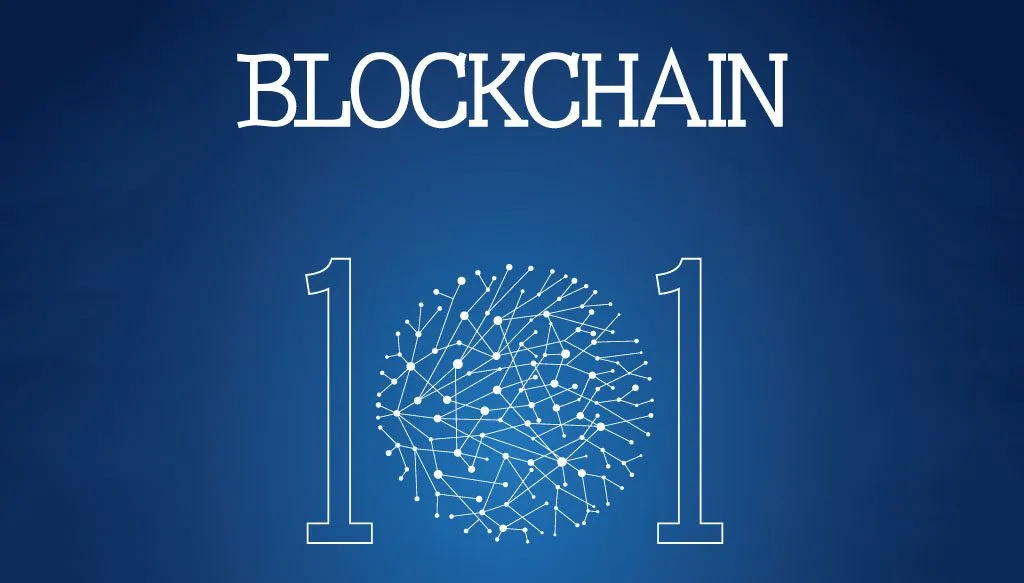
Most people know the term “blockchain” from its association with digital cryptocurrencies like Bitcoin, but blockchain has applications in many other areas. To understand how blockchain works, let's examine the Bitcoin blockchain. Then, we'll talk about other applications for blockchain technology.
The Bitcoin blockchain is like a massive spreadsheet. It's also sometimes called the "ledger." Data from each transaction combines with other transactions to form a "block," and since the blocks are linked together through cryptography in a continuous record, they're called a "blockchain." The resulting database isn't stored in any central location. Instead, it exists on a network of many connected computers. Blockchain technology confers several advantages for recording transactions and data entries. It's simple, cost-effective, reliable, and very secure.
Forward-thinking companies are already starting to leverage blockchain technology for business applications. For example, you can use blockchain to deliver secure payments in real-time, or as Walmart recently announced, you can use blockchain to track produce from farm to retailer. Blockchain technology can also help track inventory and assets to improve supply chain efficiency. And it has applications in loT, where it can register and verify devices to enhance security, and in contracts, where businesses can use it to fully automate the verification and execution of contract agreements.
There are just a few examples. The potential business applications of blockchain are still being discovered, but innovative companies are already capitalizing.